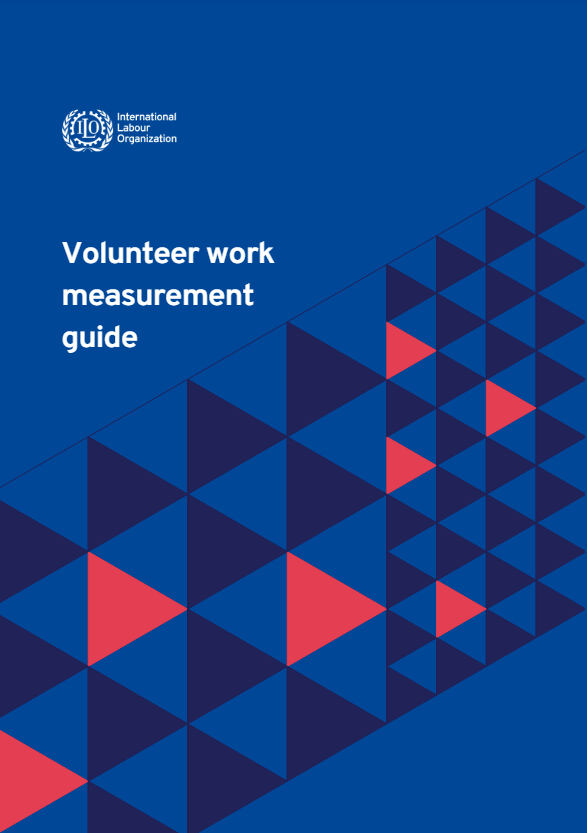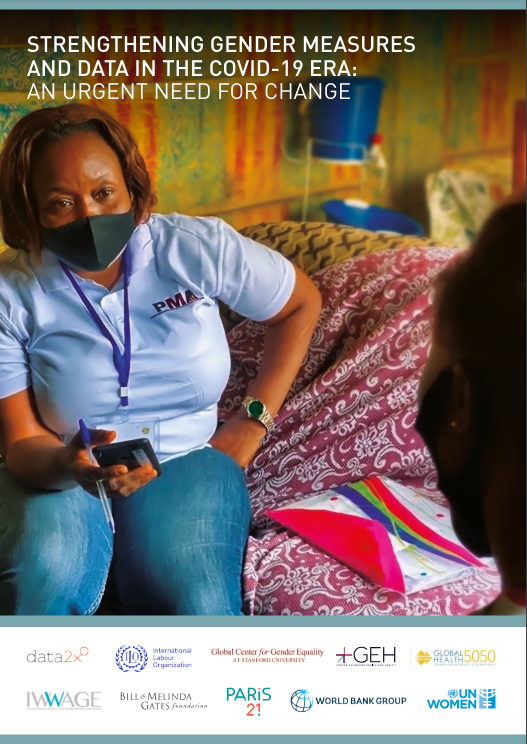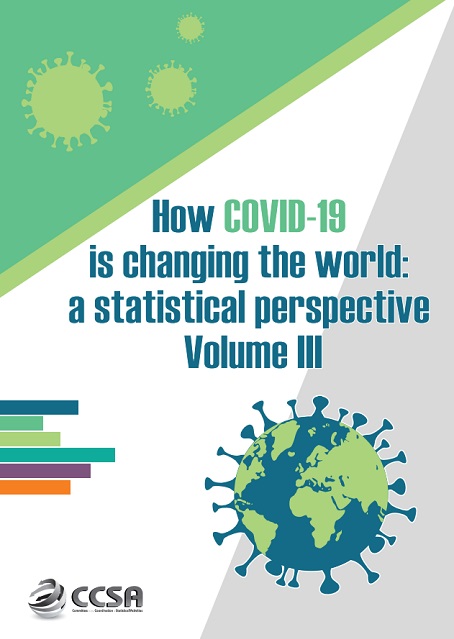
Measuring volunteer work self-learning course
In this self-paced course, also available in French, Spanish, Arabic and Russian, you will learn about the latest international standards on the statistical measurement of volunteer work; and how to apply the ILO survey tools to generate headline indicators on volunteer work. If it is the first time you access the ITC eCampus platform, click on CREATE NEW ACCOUNT and follow the instructions.
Measuring volunteer work self-learning course Read More »









